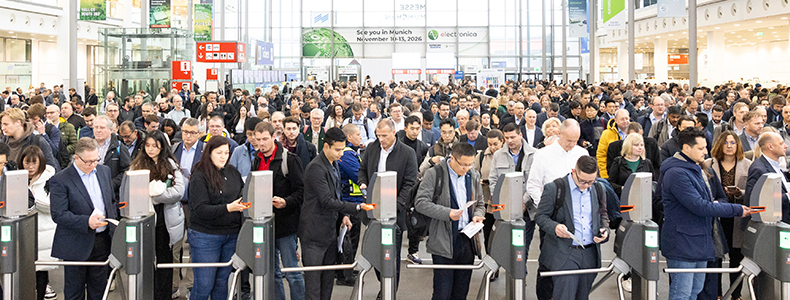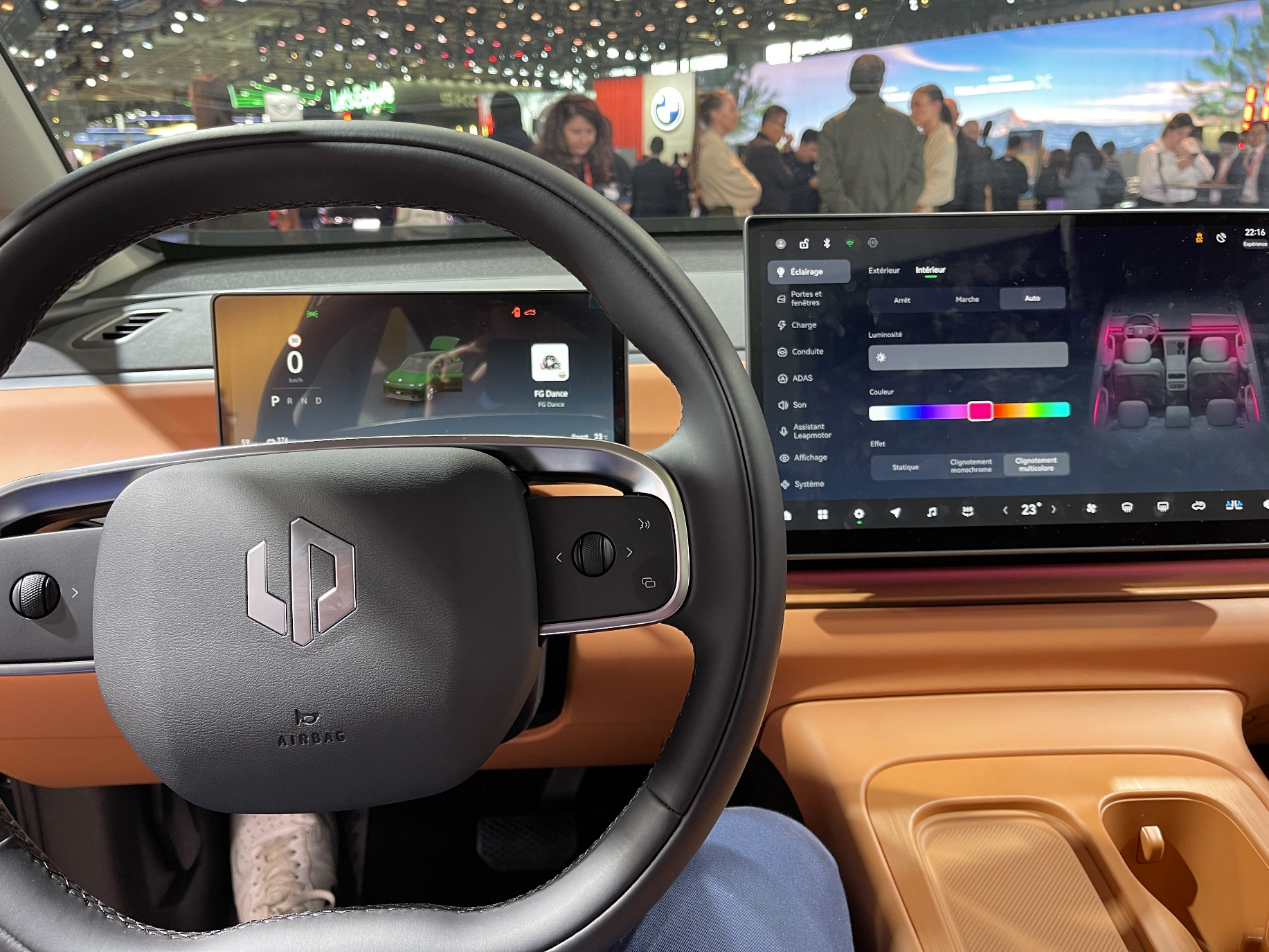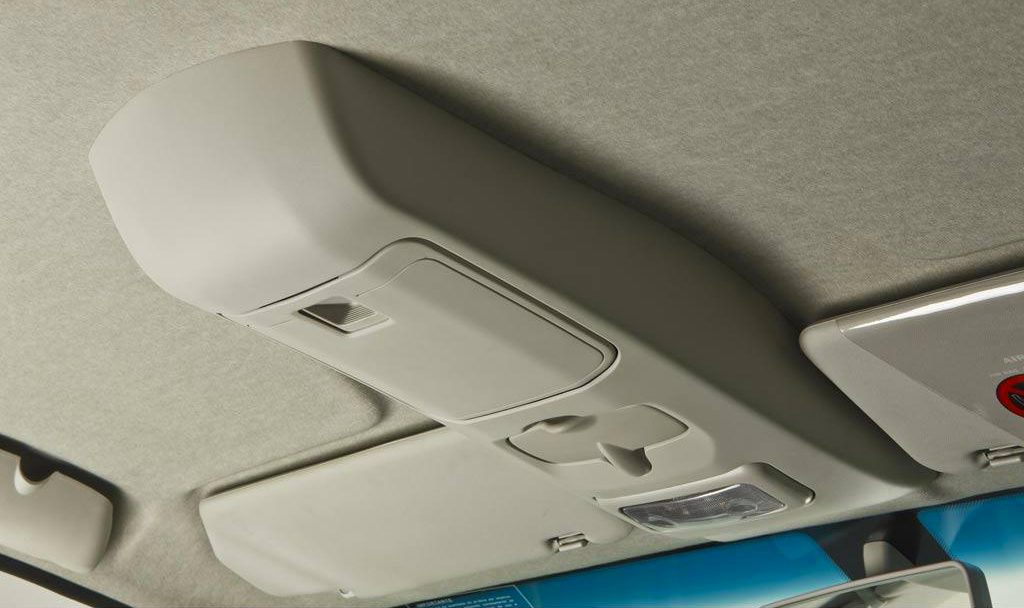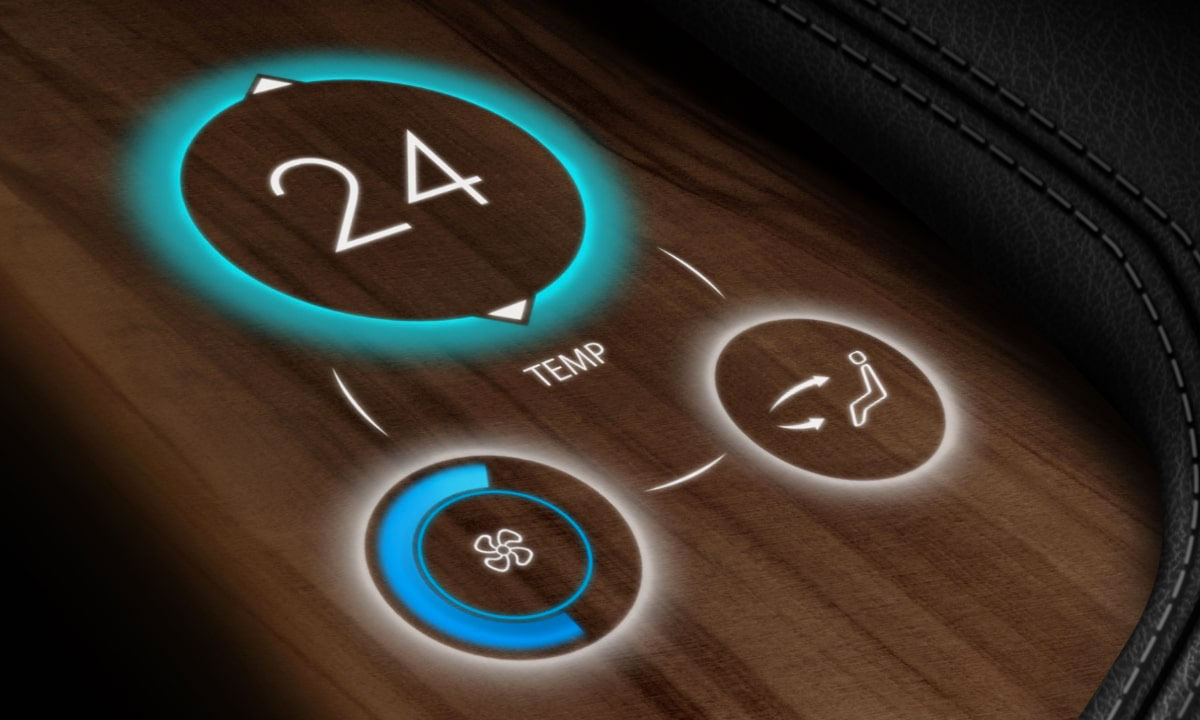Motion sickness occurs due to a difference between actual and perceived or expected motion. It is more likely to affect a passenger than a driver—with obvious implications for automated vehicles—because passengers are free to focus on something other than the view outside the car, like reading or scrolling through a phone. So, eliminating motion sickness is even more important in autonomous cars. Take a look at our in-depth from last October for a detailed description of the problem and some of its main factors.
Some 60 to 70 per cent of travellers experience some degree of motion sickness at some point; at least 25 per cent of the population—probably quite a bit more—regularly suffer from it. The deeply unpleasant symptoms include nausea and vomiting, sweating, chills, headache, and dizziness. Short of those, there’s also drowsiness, apathy, disorientation, and decreased cognitive abilities, all of which are alarming in the driving context.
Motion sickness is experienced most in cars, hence the term carsickness. Passengers are especially prone because, unlike the driver operating the controls, they have only whatever view they might have of the outside world by which to perceive and anticipate trajectories. That outside view can be a tenuous one; modern high-tower head restraints block rear passengers’ view out the front, and any passenger who looks at their phone or an old-fashioned manual book (or even just the interior of the car itself) cuts that one link, letting themselves in for a bad time.
It’s thought to be down to a sensory conflict in the brain: the balance-and-equilibrium mechanisms of the inner ear, detecting the dynamics of a car moving over a road with curves and sags and bumps and surface imperfections, say “we’re moving”. But at the same time, the eyes looking at the stationary screen or page say “we’re stationary”. Just as seasickness sufferers are advised to look far away at the horizon, the carsick are encouraged to look outside the vehicle, if they can.
One might think that in over a century’s worth of automobile development, the issue had been solved. But it hasn’t; in fact, it’s getting worse by dint of driving automation. Nevertheless, efforts are being made. Zero-gravity seats, optimized airflow, and interior air quality, and other suchlike are considered traditional solutions.
EV Specifics
There have been some interesting developments in addressing car motion sickness recently, and some new causes, as well.
Consider the differences between an EV and a combustion-engine car. An electric motor has maximum torque at zero RPM, and is quieter than a combustion engine. These are advantages in terms of accelerating and moving the car swiftly and smoothly, but they reduce the cues available for vehicle occupants to perceive the vehicle’s movement. There is no engine-revving in electric cars, and no combustion-engine vibrations, which some perceive as soothing.
The use of regenerative braking, which captures kinetic energy from braking and converts it into the electrical power to charge the vehicle’s battery, can also aggravate the matter; the decelerations induced by regenerative braking are usually low frequency, which is typical of a sickness-inducing motion force (again, like ocean waves causing seasickness).
Most of the major EV makers have adjustable regenerative braking options on at least some models. Reducing the regenerative braking effect gives a much smoother ride, but at the cost of some range.
Digital Interiors
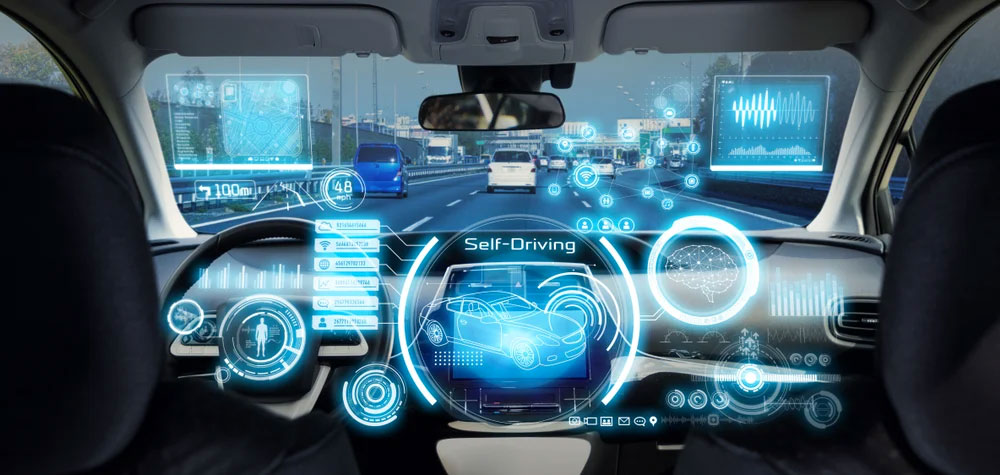
Another technological advance inducing motion sickness is the proliferation of larger and more numerous screens inside vehicles. These overburden users with visual information, which discourages them looking outside. So, they lose even more access to visual signals to allow them to correctly perceive their position in space—the view outside the vehicle. That induces carsickness, even for drivers (or ‘drivers’, in the oncoming era of hands-off and hands-off/eyes-off autonomous mobility).
Studies suggest anticipatory audio cues can help mitigate motion sickness by allowing passengers to better predict vehicle movements (replacing engine-transmission sounds?). Apple introduced a feature in iOS 18 called Vehicle Motion Cues, designed to help users by providing better visual and auditory cues. Car manufacturers are also exploring ways to design electric vehicles to reduce motion sickness symptoms.
Car screenification is likely to increase in the coming years, including screens on glass or plastic surfaces and HUD or VR projections. It’s all marketed in terms of being ‘immersive’, but from the wellness perspective, maybe invasive might be a more accurate word. Perhaps the idea isn’t so hot after all of coccooning vehicle occupants in a tightly-controlled immersive virtual experience, sealed off from the real world.
Autonomous Driving
If autonomous driving ever really happens, it is also likely to worsen the problem. Carsickness is increasing even in today’s partially-automated vehicles; if they will be fully able to pilot themselves, occupants will have even less possibility to anticipate trajectories, bumps, dips, and curbs.

Moreover, the disappearance of the driving cockpit will make it possible to redesign vehicle interiors to become more welcoming, like a rolling living room. These new configurations will give passengers more freedom, allowing them for example to turn their seats round to chat with other occupants. Oops, but sitting backward, against the direction of travel, is popularly considered to increase the likeliness of becoming carsick. Although at least some research has found no difference between rearward- and forward-facing seat positions, the idea is prevalent enough to have a real possibility of manifesting as a sort of self-fulfilling prophesy, like the imaginary “Chinese restaurant syndrome”.
Automakers’ Ideas and Efforts

JLR four years ago published ideas about the cycle of motion sickness, and how to interrupt it. The annotated image shown here is a good overall summary.

Mercedes-Benz‘s Airmatic system uses sensors to constantly monitor the vehicle’s speed, load, and road conditions, to almost completely neutralize triggers of motion sickness. See video.

BMW recently filed for a patent focused on alleviating motion sickness in vehicles, particularly for rear-seat passengers. Their idea is to use a panoramic glass roof or large screen (such as their Theater Screen in the 7 Series) to simulate movement, but this may be compromised by ceiling-mounted displays. BMW proposes to create the illusion of a see-through ceiling, with images displayed on the screen or projected onto the ceiling. Eye-tracking technology would ensure alignment with the occupant’s perspective. For multiple passengers experiencing motion sickness, virtual and augmented reality technologies could be employed. The complexity of this solution involves integrating sensors, cameras, GPS, weather data, and ‘AI’ to provide an accurate and dynamic portrayal of the surroundings on the ceiling-mounted display.

Volvo engineers are reportedly developing a system that plays ‘unobtrusive audio cues to passengers about a second before the vehicle makes a maneuver, such as a sharp turn or acceleration’. The cues would not be beeps or chimes, but rather ‘reminiscent of car engine sounds’. Volvo worked with Swedish audio company Pole Position Production and Swedish research institute RISE, to compose these sounds. Volvo researchers say passengers have learned the meanings of these sounds over many years, so hearing them can prompt us to subtly brace our bodies against the motions. This, in turn, reduces motion sickness. Passengers who have tried the system are said to have reported feeling less sick when the audio cues were played.

Nissan‘s e-4ORCE is new all-wheel-control technology that can precisely control vehicle momentum and handling—including suppressing pitch and dive. This creates a smoother ride during deceleration and in stop-and-go traffic, which in turn should help to reduce motion sickness.

Honda wants to quash carsickness by revising their power mapping for a smoother ride at low speeds. For example, their E model has an accelerator pedal response map to emulate the acceleration of a combustion-engine vehicle.

Hyundai‘s electric Ioniq 5N makes fake engine sounds linked to the accelerator pedal. And they’ve even added flappy paddles that mimic gear changes. While this is just a bit of fun for the owners, perhaps it could help combat some of the motion sickness felt in an EV, at least for the driver.
In sum, automakers and suppliers are showing increased interest in motion sickness recently. Their purpose is to better understand it to alleviate it effectively—perhaps not out of bighearted public spirit, but because a reputation for carsickness could compromise the success of their future products.
It remains a very complex topic. Countermeasures are many and still being researched, especially in the context of automated and electric vehicles. The solutions proposed include visual, auditory, and tactile signals to help users better perceive and anticipate the vehicle’s movements, as well as programming for a comfortable driving style that imitates that of a human being and limits sudden acceleration.
So, what are the next steps? Motion sickness is a consequence of technology evolving faster than physiology, so it will be with us for the foreseeable future. And it is getting worse with more automated and electrically-driven cars with increasingly digitally-infested interiors. For that reason, DVN Interior will continue to document research and innovation on this constellation of subjects. We’ll publish about it in the weekly news, and we’ll organize a dedicated session, followed by a panel discussion, at the next DVN Interior Workshop in April 2025. Stay tuned! And if you’ve got thoughts on the matter, or questions you’d like to see addressed, we’d love to hear from you.
